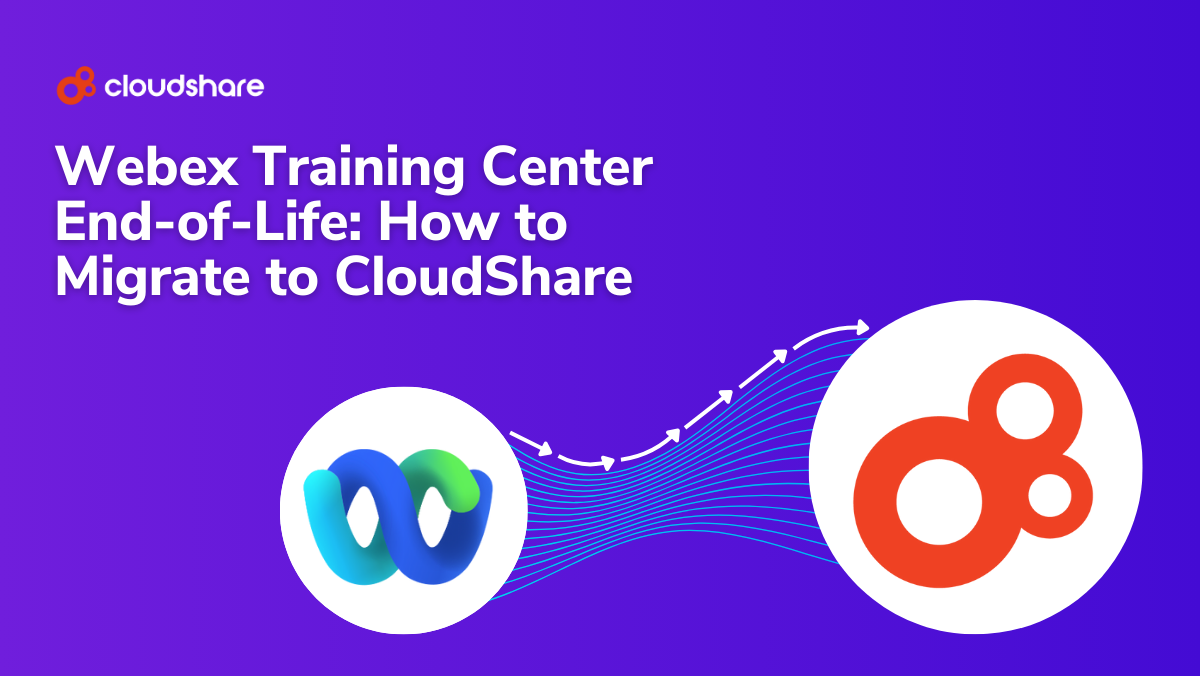Glossary
Cyber Range as a Service
Originally a training tool exclusive to government agencies, cyber ranges have become a staple of virtual cybersecurity and IT training for businesses everywhere. The appeal behind cyber range training is allowing participants—be it employees, business partners, or even clients—to practice their knowledge in a virtual training environment.
There are now services that offer online cyber ranges, so you can get started with them as quickly as possible without installing your own in-house server equipment. These companies operate what is known as “cyber ranges as a service.”
Benefits of Cyber Ranges
You want to choose cybersecurity labs over plain PDFs and PowerPoints for corporate training for several reasons:
-
- Real-world experience. Experience is always the best teacher. Allowing users to practice what they’ve learned in a real-world scenario is the best way to boost knowledge retention and understanding.
- Safety. A cyber range simulates actual networks and systems as a training ground separate from an organization’s own networking infrastructure. Train freely without the risk of tampering with your company’s systems.
- Fast feedback. Get real-time results on testing procedures, performance reviews, and user feedback. You can use this data to improve your training methods in response to real-time analyses.
- Low cost. Because the cyber range is provided “as a service,” your vendor company handles all the software and hardware installation and maintenance. You only have to pay a small, regular fee for full access to all the features.
It’s this unparalleled level of accessibility enabled by “as a service” providers that makes cyber ranges such an attractive option for businesses small and large.
Applications in Cybersecurity
The Internet has enabled companies everywhere to become more agile, productive, and successful than ever before. At the same time, it introduces a new risk of cyber attacks. Stories of stolen identities, leaked customer information, and security breaches involving sensitive company data cover the news often.
To protect themselves, business managers understand that giving their staff and partners the knowledge and experience they need to deal with cybersecurity breaches, with solid cyber resilience practices, goes a long way to mitigating and preventing the problem.
Virtual labs for cybersecurity help these companies to go beyond the standard classroom. They are a convenient and cost-effective way to provide real experience for the participants that need it on the job.
Cyber Range Simulation Strategies
Because there are so many use cases for cyber ranges, companies work with them in a variety of ways. These companies can test their security, stability, and performance safely this way and even enhance organizational training for staff, partners, and clients.
A cyber range usually simulates networks of services and end-user workstations. Depending on the purpose, it may also include security controls like firewalls and even advanced machine learning solutions for testing.
In a typical instance of cyber range testing for security, management can track the performance of cybersecurity response teams by simulating a data breach on virtual servers. A business might also use a virtual environment to test out new ideas and software to solve complicated problems.
The Advantages of the “as a Service” Model
Organizations across government, academia, and private industry use cyber ranges, but not everyone can afford the initial investment of setting up all the necessary hardware and software. On top of that, the cost of maintenance and regular upgrades can take a toll on most budgets.
That’s why vendors now sell “cyber ranges as a service.” By offloading the task of installation and maintenance, businesses can focus on extracting the most value out of cyber ranges as possible by designing their virtual environments, performing testing, and getting actionable insights and feedback from their work.
Back to Virtual IT Labs Glossary



